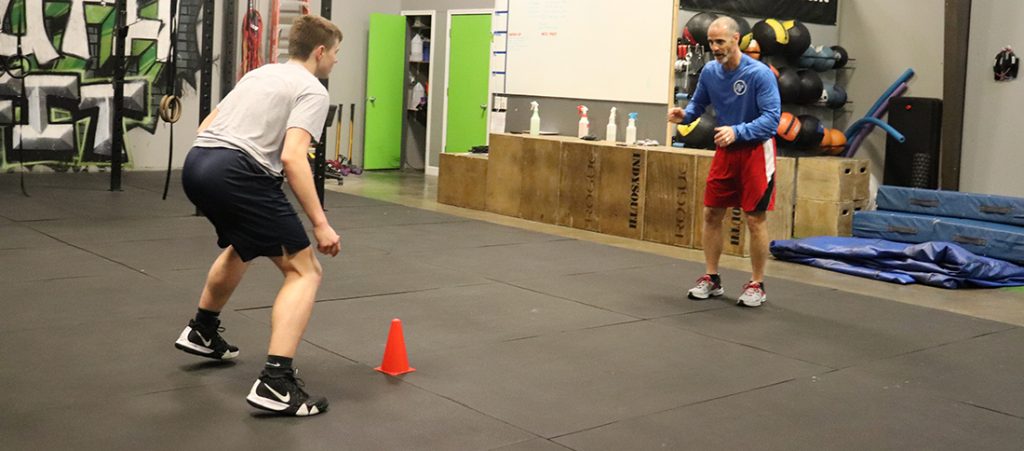We are becoming an assessment happy industry and that is a good thing. The more we know about our clients (within reason) the better we can address their goals.
Questions to First Ask When Assessing Speed
- Are we qualified to assess properly?
- Do we really know what we’re looking for when assessing speed?
Understanding Assessing Speed
When it comes to speed training, I see people running the basic drills and basing their conclusions on the score rather than on the movement proficiency.
- T-Test
- Pro-Agility
- Shuttle Run
- Vertical or Broad Jump
- Lateral Shuffle Test
- And, Many Others
While watching athletes move, I know what I am looking for way before they move a muscle. If an athlete moves laterally in the form of a shuffle or crossover, I know exactly what I want to see. When they turn quickly to retreat back, I know why it wasn’t as smooth or quick as it should have been. The athlete lands from a jump and tries to jump again, I can tell in an instant why it did or didn’t work. I can tell is because I understand multi-directional speed mechanics. I also understand how the body loads and unload to be most efficient and effective.
If I see an athlete change direction performing a shuffle, I know his foot did not dorsiflex the way it should have which changed the chain reaction up the rest of the body. What I can’t tell you is why the ankle didn’t dorsiflex. I would have to perform mobility testing to figure out what is causing the restriction. Even then, the athlete most likely would need to see a specialist dealing with the foot and ankle to discover the answer.
By imply observing and assessing pure on-court or field movement, I can usually pinpoint the issues. The reason is because I have done my homework over the years and know what to look for.
This becomes a powerful tool when assessing. Don’t try to assess someone and give feedback unless you know the answer. If you are assessing for the sake of assessing and confused as to what you are seeing, you are not helping yourself or your athletes.
Assess What You Know
My suggestion is to assess what you know. If you…
- Know the basic range of motion of certain joints will allow, then you to assess properly.
- Understand what the arm and leg action should look like in acceleration, then go for it.
- Confident in assessing an athlete when making a cut and can give productive and safe feedback, then you are ahead of the game.
Still not sure… either send the person to someone who knows or skip it until you educate yourself more.
To learn and understand more about multi-directional speed mechanics and how the body loads and unload to be most efficient and effective, check out my Speed Insiders 6-Month Course.

